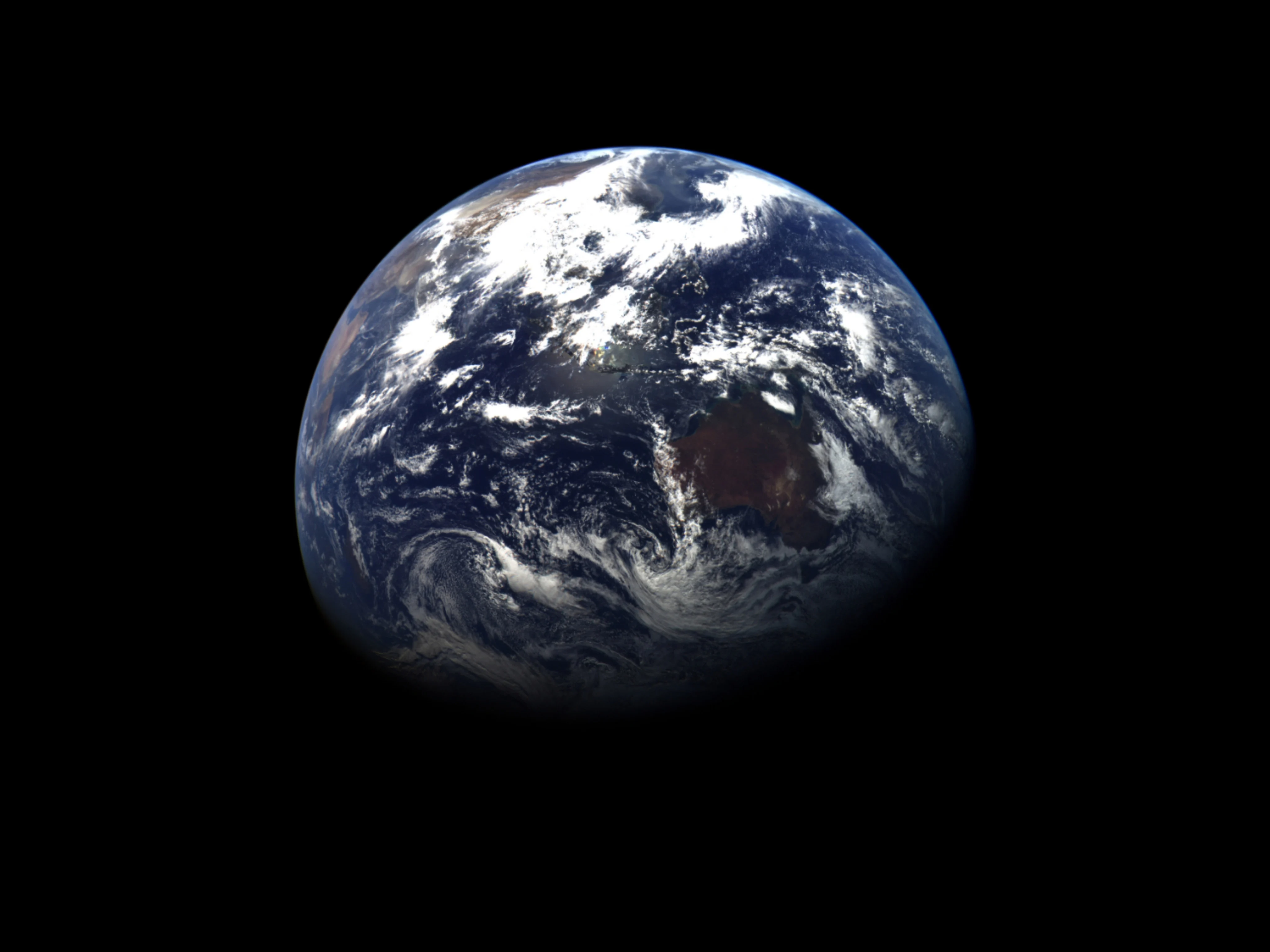By Victoria Bela
China’s space agency on Tuesday released images of the Earth and moon captured by its asteroid-sampling Tianwen-2 spacecraft, while confirming that the probe was in good condition after more than a month in orbit.
The images were taken by the Tianwen-2 spacecraft’s narrow field-of-view navigation sensor on May 30, according to the China National Space Administration (CNSA), which released them after image processing on the ground.
This comes days after state media reported that researchers in northeastern China were testing autonomous robots in underground lava caves to simulate the terrain these may explore during future lunar missions.
The Tianwen-2 spacecraft has been in orbit since it was launched from the Xichang Satellite Launch Centre in southwestern China on May 29.
The probe was orbiting at a distance of more than 12 million kilometres (7.5 million miles) from Earth and was in “good working condition”, CNSA said in a news release on its website on Tuesday.
The first image of the Earth was taken when the spacecraft was 590,000km from the planet, and the image of the moon was taken several hours later at a similar distance from the lunar surface.
These were transmitted back to Earth, where scientists carried out image alignment, radiation correction and colour synthesis to obtain the final full-colour images, CNSA said.
The Tianwen-2, which lifted off via a Long March 3B rocket, is en route to the asteroid 469219 Kamo‘oalewa or 2016 HO3 – a quasi-satellite of Earth that could be a fragment of the moon. It will collect samples from the asteroid’s fast-spinning surface before returning them to Earth in 2027 using a re-entry capsule.
The sample return mission aims to shed light on the formation and evolution of asteroids and the early solar system, state news agency Xinhua said in reporting on the images on Tuesday.
If its mission is successful, the Tianwen-2 would make China the third country, after Japan and the United States, to return samples from an asteroid.
After completing the sample return, the spacecraft will use the Earth’s gravity for a catapult manoeuvre to begin a seven-year journey to the active asteroid 311P/PANSTARRS, which has comet-like tails and is located in the asteroid belt between Mars and Jupiter. The aim will be to study its orbit, rotation, shape, surface composition and dust activity.
China has planned a series of space missions to explore the moon and beyond, including building a permanent, nuclear-powered lunar research base near the south pole of the moon in collaboration with Russia.
According to a report by state broadcaster CCTV on June 26, eight universities have jointly set up China’s first lunar-like underground teaching and practice base in Heilongjiang province to conduct tests simulating the Moon’s surface conditions.
Deep space exploration robots developed by Peking University and the Harbin Institute of Technology had been tested at the base located in lava caves beneath Jingpo Lake, the report said.
These underground caves formed by flowing lava have a composition that closely mirrors those on the moon. Lunar lava tubes are seen as ideal natural shelters, shielding from radiation and meteors and suitable for building extraterrestrial bases.
Zhang Shanghang, a researcher at Peking University, told CCTV that the two flexible robots they tested were capable of autonomous exploration in complex environments, and could be used for exploration and transport on the moon.
“We believe that robots should not only increase the efficiency of our production and life on Earth, but also face the stars and the sea,” she said.
The other universities taking part in the cave project are Zhejiang University, Jilin University, Sun Yat-sen University, the Macau University of Science and Technology, the Southern University of Science and Technology, and the University of Science and Technology of China.
China aims to land its first astronauts on the moon by 2030, becoming only the second country to do so after the United States.
The crewed landing is expected to set the stage for the International Lunar Research Station – jointly developed by CNSA and the Russian space agency Roscosmos – to be functional by the second half of the 2030s.
Tianwen-2 is the second mission in China’s Tianwen, or “Questions to Heaven”, interplanetary exploration programme focusing on the solar system. The Tianwen-1 entered the orbit of Mars and landed a rover on its surface in 2021.
The next mission, Tianwen-3, aims to bring back the first Martian rock samples by 2031, while Tianwen-4 is scheduled to launch around 2030 to explore the Jupiter system and conduct a fly-by of Uranus.
